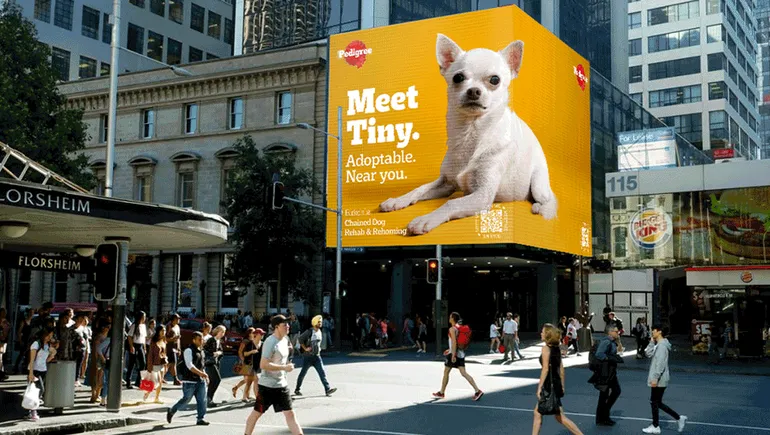Study: Consumer brands waste $50B of digital, trade marketing spend
Dive Brief:
- Global consumer products companies waste roughly $50 billion, or more than half, of their collective investments in digital marketing and trade spending, an AlixPartners study found. The consultancy surveyed 1,100 executives across six markets who are or previously have managed digital transformation for their business.
- Return on investment (ROI) remains a pain point. Consumer brands across food, beauty and household categories spent $242 billion on advertising in 2018, with digital commanding a $60 billion share, per AlixPartners. The survey found that more than half of digital ad spend showed either negative ROI or ROI not measured at all. Of the $518 billion put toward trade spending last year, $19 billion was digital, with $9 billion of the segment showing negative ROI.
- Confidence in meeting these challenges could be growing, as respondents said they’re 70% more efficient in driving positive ROI compared to executives just now catching up to digital transformation. When executives were asked which areas will change significantly over the next five years as a result of digital transformation, 83% cited IT and technology, 79% said logistics and 78% said marketing and insights.
Dive Insight:
The cleanup of the digital ad ecosystem, a cause championed for years by brands across categories and particularly loudly by top media spenders like Procter & Gamble, appears to still be hitting serious roadblocks. While signs of progress exist, the suggestion that major consumer brands in large categories like food, beauty and household goods could be throwing away more than half of their digital and trade spending points to grave systemic inefficiencies.
The story in many ways isn’t new. Forrester Research two years ago reported that U.S. marketers wasted 56% of their digital display spending on ad inventory that was either fraudulent on unviewable. A number of studies since then have painted a broad picture of an online ad space rife with fraud, measurement issues and toxic environments that are harmful to brand health.
These problems have lead to louder cries for an industry-wide reckoning with digital media, but AlixPartners’ research indicates that improvements are incremental. Major digital platforms have adjusted focus as transparency gaps receive greater scrutiny from businesses and regulators.
Facebook, the second-largest digital ad platform behind Google, announced earlier this year that it would pivot its focus to private, encrypted messaging in a radical shift from the open news feed format that popularized the site. Google’s YouTube has also added constant tweaks to its service amid criticisms that it doesn’t protect brand safety or the privacy of vulnerable audiences like children.
Anxiety over a lack of progress in digital is potentially mirrored in how executives have changed their rhetoric about the channel over time. Marc Pritchard, P&G’s chief brand officer, in April called for the digital media supply chain to be entirely reinvented as the “dark side” of its current iteration worsens — a change in tune from prior calls-to-action around improving the existing system. The executive in charge of marketing brands like Gillette and Olay earlier this year also outlined a vision for a future with no traditional advertising at all.
Some new solutions promise to bring better transparency to the digital media supply chain, but exist mostly in early pilot phases. Blockchain, for example, is being tested by Unilever in its digital supply chain operations. The CPG giant reported promising initial results without sharing many hard figures. WPP’s ad-buying arm GroupM recently said it expects that more viable blockchain products and solutions will become available this year as hype cools and concrete applications come into focus.
Finding more effective means of improving digital marketing might be crucial as investments continue to ramp up and the consumer path to purchase become less linear amid the convergence of digital and physical spaces, per AlixPartners. The firm forecasts that the digital market for consumer products globally will reach $440 billion over the next five years, double its value from 2018.





